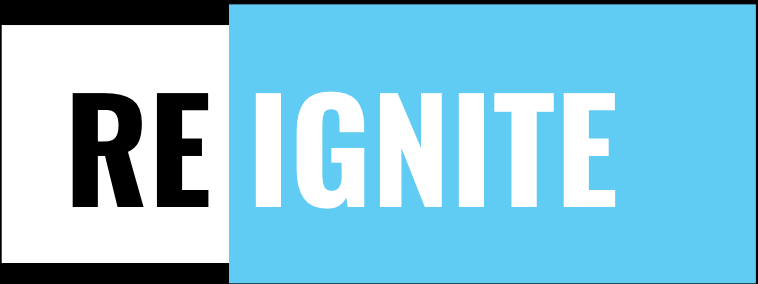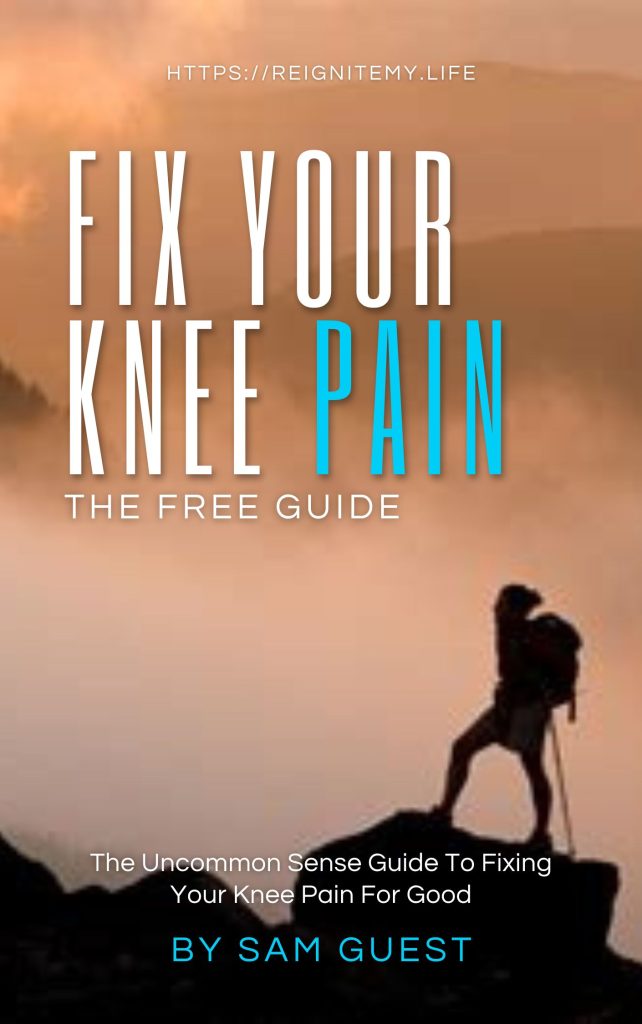3 times a week, every week, for 3 months.
That’s how often I’d see Ray.
Like clockwork he’d appear at my morning fitness class.
He was 46 and looking buff.
One morning, after class, he told me his shoulder hurt and he was struggling to do push ups.
From there his attendance became patchy.
He’d come for a few days in a row, then I wouldn’t see him for weeks.
Whenever I did see him he had a new complaint, his knee, his shoulder, his neck.
After a while he stopped coming at all…
Ray isn’t alone, this is a story I see repeated over and again.
…
Several things happen to the average body around the age of 40 which simply cannot be ignored.
The most important of these is the most intractable.
You have simply been on the planet for 20 years longer than your 20 year old self.
Self evident I know.
But all those little postural problems, those bad movement patterns you’ve picked up over time (often without even noticing) have had 20 more years to manifest.
At the same time most 40 year olds live a more sedentary life than their 20 year old selves did and so are just not as strong or conditioned.
The muscles thus have less ability to hold the skeleton and joints in the correct place, especially when exposed to a heavy load.
Small asymmetries in natural body structure and the fact that we’ll tend to favour our stronger side when doing stuff, also leads to imbalances between opposing sides of the body.
This is a classically exacerbated in men who obsessively work chest and biceps (front) ignoring legs, back and triceps (back).
All this means when we do return to the gym our muscles and especially our joints aren’t as aligned, balanced, efficient and generally prepared to accept the load being placed on them which inevitably leads to injury.
To illustrate I’ll use an example…
Let’s say your right leg is naturally stronger than your left because you were born with one leg half a cm longer than the other.
As you walk the right leg is is doing the lions share of the work.
At the gym you do the Leg Press. Your right leg, being stronger, does 80% of the work while the left just comes along for the ride.
Over time this amounts to a huge difference in strength, flexibility and utility between the 2 legs.
This really starts to change the way you walk… which starts causing pain in one knee.
Your shoulder drops slightly on the weaker side leading to the muscles in the front of the shoulder to become more compressed and inflamed, leading to shoulder pain.
The slight twist and drop this creates in the upper body also affects your core, causing one side to become stronger than the other in an attempt to prop you up, leading to lower back pain.
What starts as just a little imbalance, now affects the whole body.
You are not be aware of the imbalance as your brain is so used to it and it’s happened so slowly, it just doesn’t notice it.
This is why…
‘Fitness after 40 is as much about preparation as it is about perspiration,’
But How Do You Prepare?
When most people think about what they should be doing before they step back in to the gym they think about flexibility and yoga.
WHY STRETCHING IS NOT THE ANSWER
Often your lack of flexibility at this age is nothing to do with joint and muscle flexibility and everything to do with strength.
Your joints have locked down because of weakness.
Imagine you have weak gluteus medius muscle, this is the muscle at the side of your bum, responsible for holding the femur firmly in the hip joint.
When you place the femur under load (ie. when you walk) this weakness allows the femur to fall out of the pelvis slightly, this lateral movement at the top of the bone causes knee cave at the bottom of the bone (as the top of the bone moves out the bottom end of the bone must move in), which is a bad thing.
Because the muscle responsible for holding the joint in pace is too weak to do its job all the surrounding muscles jump in to try and stabilise the joint.
Your core starts to help, so do you add and abductors, even then lower back gets involved (Incidentally this is a causal effect of lower back pain).
These muscles are not designed for this job but they do their best.
Now the whole area becomes stiff and inflexible because these surrounding muscles are having to work so hard to do a job for which they were not designed.
No problem, you think, I’ll just do some stretching, that’ll ease it off.
Hold your horses.
Imagine your muscle is an elastic band, what happens to it as you stretch it and make it longer?
It gets thinner. And thinner equals weaker.
Which means the surrounding muscles now have to work harder to do the thin, weak muscles job…but if you’re stretching these surrounding muscles too they are getting longer and weaker.
See why this is a problem?
SO WHAT DO YOU ACTUALLY NEED?
Strength
…specifically strength through the entire Range of Motion (RoM) of the joint.
People are often obsessed with how flexible they are…how big a Range of Motion they have.
I’m often less concerned with how large someone’s RoM actually is. A small RoM with strength throughout the entire RoM is MUCH safer than having a tonne of flexibility with no strength.
Why?
Because if you have no strength at the extremes of your Range of Motion then whenever the body is placed into these positions it is VERY susceptible to injury as it has no strength to hold the joint in place or prevent the muscles tearing at this extreme of motion.
Let’s Do A Quick Test…
Lie on your side and push your hips forward so your body is in a straight line. Now lift your leg as far as you can towards the ceiling as if your leg was one arm of a pair of scissors. Now get a friend to try to push your leg down hard towards the floor whilst you resist with all your strength.
If you could hold the person dead still at the absolute extreme of you range, great you’re all good.
If your leg dropped before you could fully resist you need to build up your strength at this extreme range. I would recommend squats and lunges.
This is an example of strength at the extremes of Range of Motion.
For a lot of people their leg will sink a long way before they can actually start to put up any resistance at all…this is a problem which isn’t going to be solved with more flexibility.
Now I’m not saying that flexibility isn’t important, it is. If you want to be able to move your body in an effective way (Hell, if you just want to be able to climb out the car without groaning like a 90 year old) you need a good range of motion to be able to do it.
But flexibility must be consistently balanced with the strength to enable the body to hold itself safety in that position of flexibility.
In short, work on both but strength comes first.
Fixing Imbalances
Imbalances, often between right and left, but also front and back, are the other big problem in people returning to exercise in their 40+ ’s.
The problem here is more obvious. Imbalances lead to the body becoming twisted in a way it was just never designed to be. This leads to some muscles working harder and doing jobs they weren’t designed for. Which in turn leads to inflammation, pain and a lack of mobility and strength.
A great way to test for imbalances is to perform single limb exercises. I would start with single leg calf raises and single leg squats and see if there is a significant difference in strength between the 2 legs. If there is, train them until they are more or less equal.
You can then repeat the same process all up the body until you are balanced again.
Start at the bottom of the body and work up as your foundations will affect everything upstream of them. So it’s no good fixing your shoulders if your feet are out of balance, as everytime you take a step you’ll be throwing your shoulder out again.
Work methodically and take it one step at a time. As with most things this will start slow and as you start moving up the body it’ll get quicker. As things downstream start to straighten out their influence will naturally start to straighten out the things upstream of them.
I cover this whole topic in more detail in my Re-Ignite Program.
So, In Short…
Strength is important.
Flexibility is important too, but only with strength throughout the entire range of that flexibility.
Flexibility without strength leads to injury.
Strength needs to be equally balanced throughout the body.
This all needs to be done BEFORE you’re ready to really hit the gym.
(Yes this may take some time)

